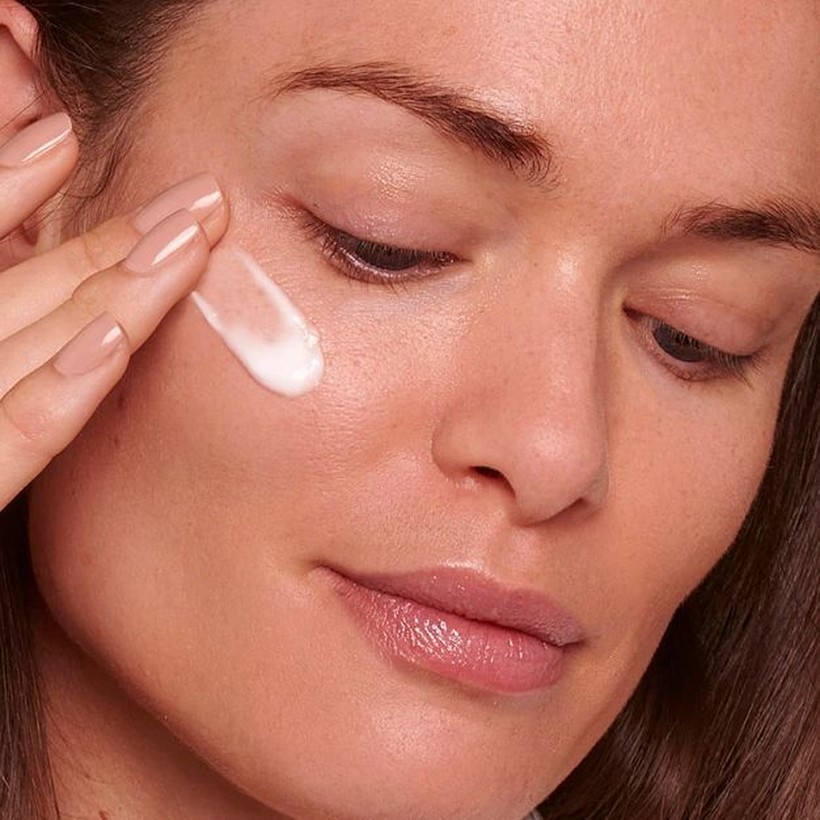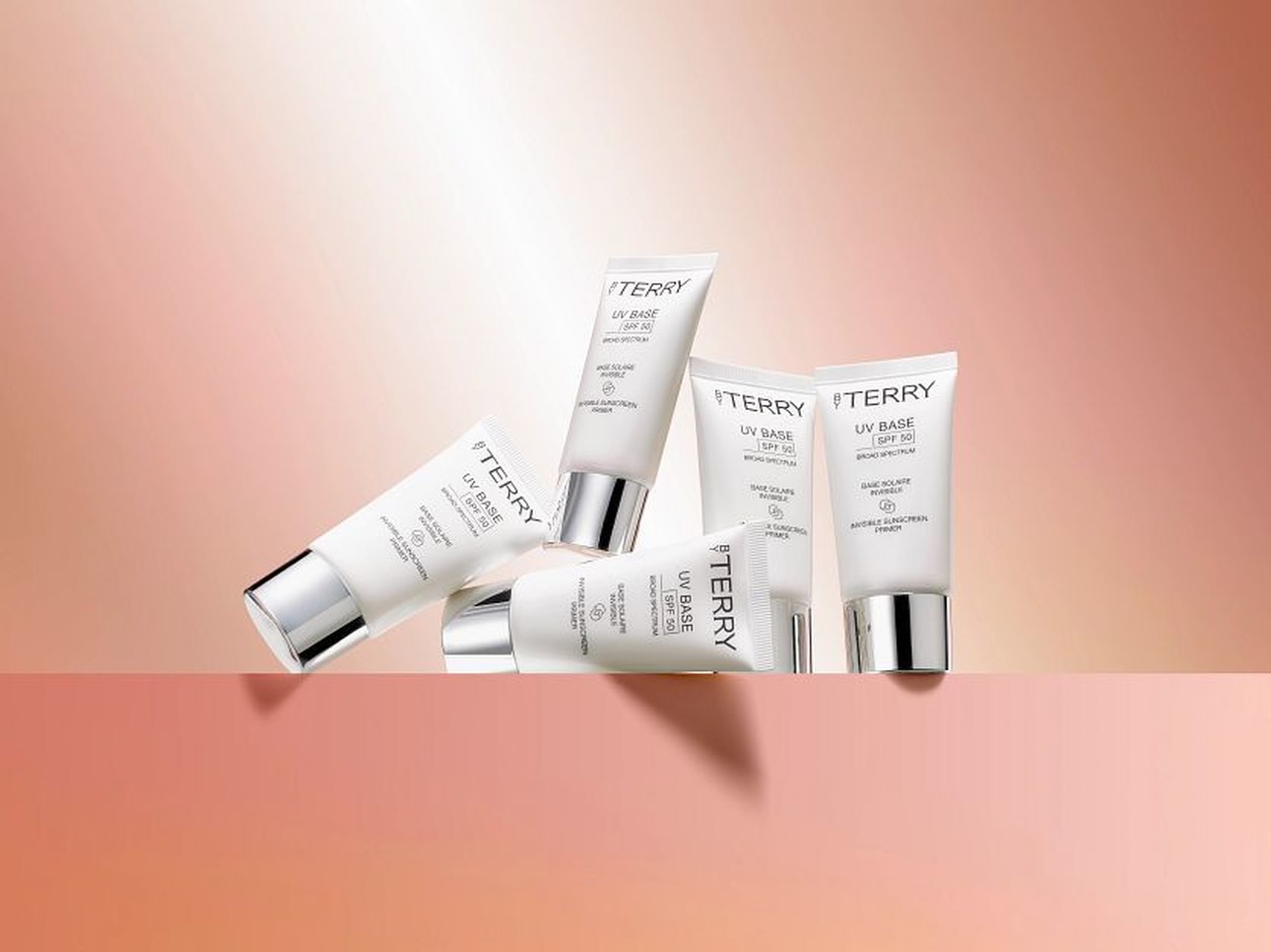Your Ultimate Guide To SPF: Application Tips & Tricks From a Dermatologist
Dermatologists around the world will tell you: sunscreen is not only for summer days at the beach. Even when you’re working from home, your computer screen and UVA rays can have a lasting impact on the skin. GP and Dermatology Dr Sonakshi Khorana, also known as DermGP, shares her knowledge and top advice to explain how SPF works and why you should add it in your beauty routine.

What is SPF and why is it important?
"Sunscreens in the UK have an SPF rating. SPF stands for ‘sun protection factor’" says Sonia.
"It’s important to note that SPF is more accurately the sun burn protection factor and only protects against UVB rays which are responsible for skin “reddening”, or surface burns. SPF doesn’t account for UVA rays; those are the rays that cause long-term damage including aging and wrinkles. That’s why you need to look for UVA star system rating on top on an SPF rating in your sunscreen.
In the UK you may notice a UVA star rating on the packaging along with the SPF rating. The stars can range from 0 - 5 and indicate the percentage of UVA radiation absorbed by the sunscreen in comparison to UVB radiation. That’s why it’s important to choose a high SPF as well as a high UVA protection (e.g. a high number of stars) and such sunscreens will be labelled “broad spectrum”."

Should you wear sunscreen daily?
"Yes. I recommend daily sunscreen use all year round to my patients to help protect against skin cancer, treat uneven pigmentation and for its anti-aging benefits.
I usually advise that sunscreen should be worn wherever you’re exposed to UV rays. You should wear it regardless of the weather because UV rays can still pass-through cloud cover. When it comes to wearing sunscreen indoors, if you’re exposed to UV rays, then wear it. For example, if you’re indoors and you’re going to be sitting by a window all day working on your desk, you’re still exposed to UVA (which causes aging) and should use sun protection."

When should I apply sunscreen in my routine?
"Sunscreens should be applied in the morning and should ideally be the last step in your skincare routine (after moisturiser but before make-up).
You should apply generously and make sure it is fully absorbed before applying foundation/make up. I would advise against mixing your sunscreen with other products as they can reduce its efficacy."
How much sunscreen should I apply?
"Several studies have found that most people apply less than half of the amount required to provide the level of protection indicated on the packaging.
When using lotions/creams, you should use approximately two milligrams of sunscreen per square centimetre of skin – this is the amount used when products are tested for their SPF rating, so it is important to stick to it. This can be quite difficult to calculate in my opinion, so as a rule of thumb, I recommend roughly around six teaspoons of sun cream lotion (36grams) for an average adult body:
- Half a teaspoon of sunscreen for your face and neck (which equals to 2 finger length strips roughly). I advise applying one finger strip and letting it absorb, then going over it again so you can cover any areas you’ve missed.
- Half a teaspoon for each arm
- Just over 1 teaspoon of sunscreen for each leg
- 1 teaspoon for your chest and abdomen
- 1 teaspoon for back and shoulders
You should apply sunscreen 15 to 30 minutes before going out in the sun which will allow it to dry, and then apply again shortly after heading outdoors to cover any missed areas. I advise reapplication at least every 2 hours, and immediately after swimming, perspiring and towel drying or if it has rubbed off."
UV Base SPF 50
Invisible Sunscreen Primer ‑ Daily Protection
BY TERRY’s UV Base is the perfect SPF to include in your skincare routine to help combat the harmful effects of the sun. The cream-gel formula means you can reapply throughout the day without smudging your makeup and clogging your pores.
Follow Sonia's advice and apply the UV Base over the face (all the way up to your ears), neck and chest.
How long does SPF 50 last and should I reapply throughout the day?
"A product with SPF 50 will protect your skin from almost 98% of the sun's UVB rays. It’s important to note that the SPF rating system is a guide to how long you can stay in direct sunlight before your skin starts to burn (remember, UVB rays cause sunburn).
So, if you used an SPF 50 sunscreen and it typically takes 10 minutes until your skin starts to burn, by using the SPF 50, you’re theoretically protected from the sun burning your skin for 500 minutes (50x10mins).
But higher SPF rating of 50 doesn’t mean you can get away without reapplying as a sunscreen's SPF is only fully effective for two hours after you put it on as the UV filters in sunscreens get broken down by several things like direct exposure to sunlight or by sweating/being in the water."


